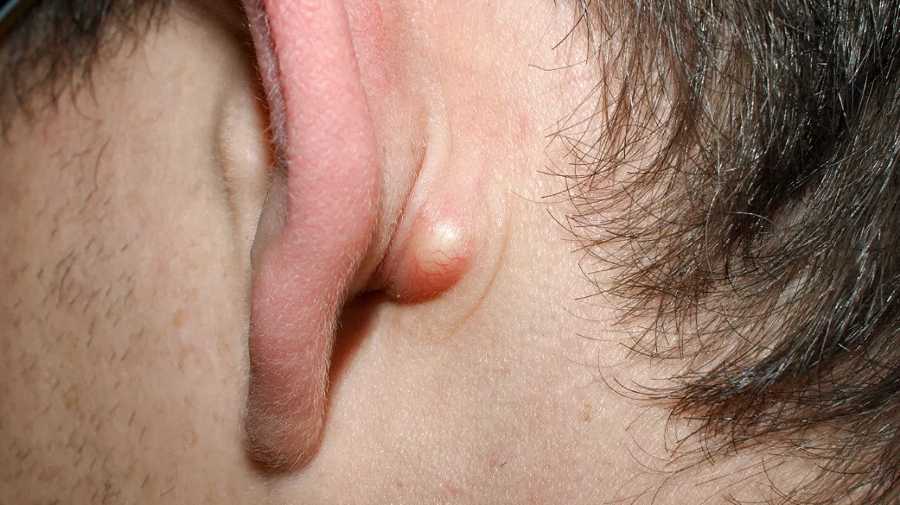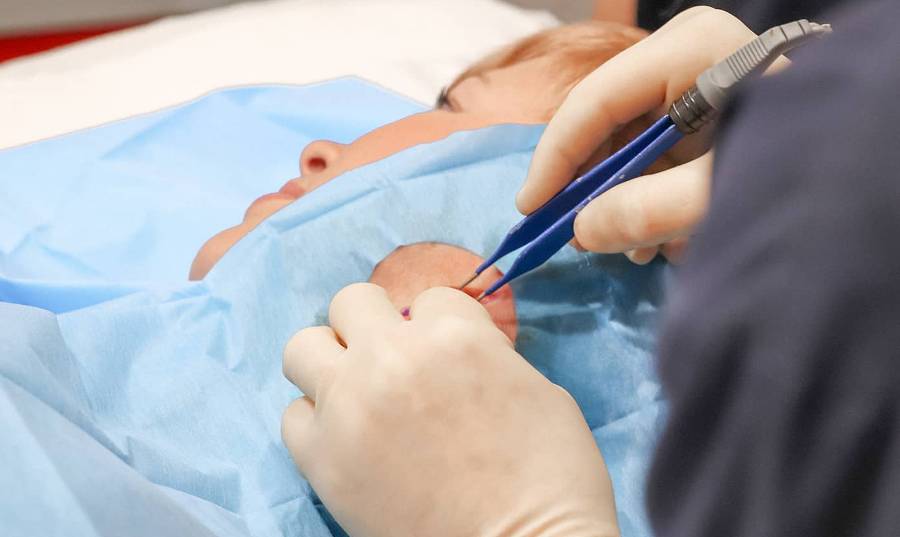Everything You Need To Know About Skin Lump Surgery
Skin Lumps
Skin lumps are growths that appear on the surface of the skin. There are many different types of skin lumps, including cysts, lipomas, moles, and warts. While some skin lumps are harmless, others can be painful or indicate a more serious underlying condition.

Lipoma Removal
Lipomas, for example, are noncancerous growths of fat cells that commonly develop just below the skin. They are usually small, slow-growing, and painless. However, in some cases, they can grow to large sizes and cause pain or other problems. For this reason, many people choose to undergo lipoma removal surgery to either improve their appearance or to relieve pain and discomfort.
Lipoma removal surgery is a relatively simple and quick procedure. During the surgery, the doctor will make a small incision in the skin and then remove the lipoma. Once the lipoma has been removed, the incision will be closed with stitches. In most cases, lipoma removal surgery is performed on an outpatient basis, which means that you will be able to go home the same day.
In most cases, the surgery is successful and the lipoma does not return. However, there is a small risk of infection or bleeding after the procedure. Recovery after surgery typically takes 1-2 weeks. During this time, it is important to rest and avoid strenuous activity. It is also important to follow the surgeon’s instructions on wound care to ensure a smooth recovery.
For example, you may need to take pain medication for a few days after the surgery. Additionally, it is important to keep the surgical area clean and dry to prevent infection. Following these simple tips will help you recover quickly and safely from your lipoma removal surgery.
Skin Cyst Removal

Skin cysts are small, round lumps that form just beneath the surface of the skin. They are commonly found on the face, neck, back, and chest. While they are not usually painful, they can be unsightly and cause embarrassment. Cysts can range in size from a few millimeters to several centimeters.
There are several different types of cysts, but the most common is the sebaceous cyst. This type of cyst is caused by a blockage in the sebaceous glands, which produce oil to lubricate the skin. Other types of cysts include dermoid cysts, pilar cysts, and Epidermoid cysts.
Most skin cysts do not require treatment and will eventually go away on their own. However, some people opt to have them removed for cosmetic reasons. Skin cyst removal is a relatively simple procedure that can be performed in a doctor’s office or outpatient clinic.
Before the procedure, you will be asked to wash your skin with an antiseptic solution. The area around the cyst will be numbed with a local anesthetic. Once numb, your doctor will make a small incision and drain the contents of the cyst. The incision will then be closed with stitches or sterile strips of tape.
After the procedure, you can expect some bruising and swelling around the incision site. You will be given instructions on how to care for the wound as it heals. Recovery time is typically short, and you can expect to return to your normal activities within a few days.
There are some risks associated with skin cyst removal surgery, including infection and scarring. However, these complications are rare and can usually be avoided with proper care after the procedure.
If you are considering skin cyst removal surgery, talk to your doctor about your options and what you can expect during and after the procedure. They will help you make an informed decision about whether or not surgery is right for you.
Mole Removal
Most people have at least a few moles on their skin, but for some, these moles can be a source of concern. Some moles may be cancerous, while others may simply be cosmetically undesirable. Whatever the reason, many people choose to undergo mole removal surgery.
There are several different types of mole removal surgery, and the type that is right for you will depend on the size, location, and type of mole. The most common type of surgery is called excisional surgery, which involves cutting out the mole and surrounding tissue. Other types of surgery include shave excision, in which the mole is shaved off at the surface; laser surgery, in which the mole is destroyed with a laser; and ablation, in which the mole is burned off with high-frequency radio waves.
Before undergoing any type of mole removal surgery, it is important to consult with a qualified dermatologist or plastic surgeon. They will be able to determine whether or not surgery is necessary, and if so, what type of surgery would be best for you. Once you have decided to go ahead with surgery, there are a few things you need to do in order to prepare.
First, you will need to stop taking any blood thinners or other medications that could increase bleeding during surgery. You should also avoid sun exposure for several weeks before Surgery to minimize the risk of infection. Additionally, you will need to shave the area around the mole prior to surgery.
The recovery process after mole removal surgery varies depending on the type of surgery that was performed. However, most people can expect some bruising and swelling around the treatment site. These symptoms should resolve within a few weeks. Additionally, it is important to keep the area clean and dry to prevent infection. Your doctor will give you specific instructions on how to care for your wound as it heals.
Mole removal surgery is generally safe when performed by a qualified surgeon. However, as with any surgical procedure, there are some risks involved. These include bleeding, infection, scarring, and changes in skin color. The good news is that serious complications from mole removal surgery are rare. In most cases, patients are able to achieve excellent results with minimal side effects.
Conclusion
If you are considering skin lump surgery, consult with a qualified plastic surgeon at WC Ong Plastic Reconstructive Surgery. They will be able to determine whether or not surgery is necessary, and if so, what type of surgery would be best for you. Surgery can be an effective way to remove unsightly lumps from the skin, but it is important to remember that there are some risks involved. Most people experience minimal side effects after surgery and are able to achieve excellent results.